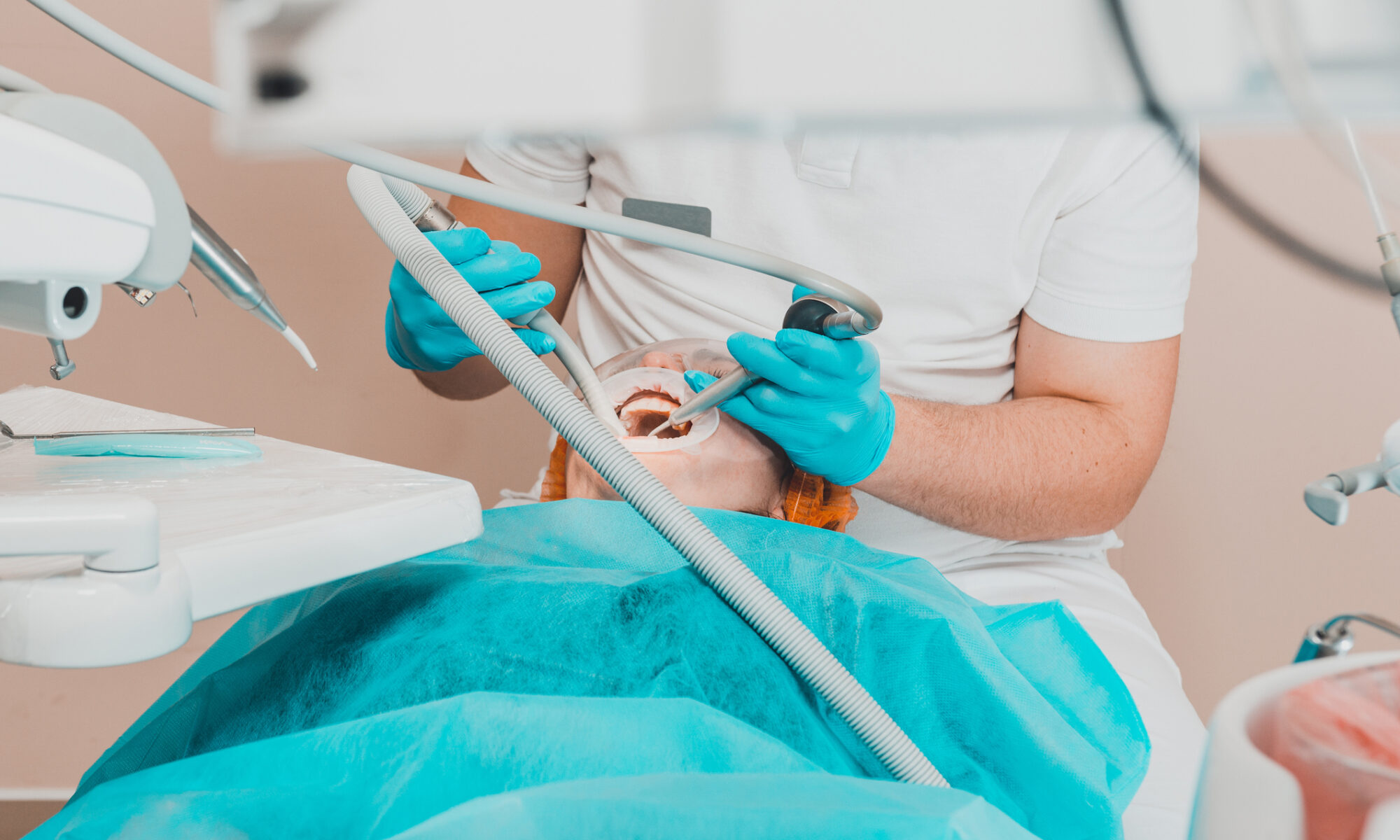Is Gingival Recession Surgery Right for You? Causes and Treatment Options
Table of Contents
- What Is Gingival Recession?
- Causes of Gingival Recession
- When Is Gingival Recession Surgery Necessary?
- Types of Gingival Recession Surgery
- 1. Connective Tissue Graft
- 2. Free Gingival Graft
- 3. Pedicle Graft
- 4. Pinhole Surgical Technique
- What to Expect During and After Surgery
- Cost of Gingival Recession Surgery in Australia
- Is Surgery the Right Option for You?
- Conclusion
What Is Gingival Recession?
Gingival recession occurs when the gum tissue surrounding the teeth gradually pulls away, exposing the tooth roots. This can lead to increased tooth sensitivity, a higher risk of decay, and aesthetic concerns. While mild cases of gum recession can be managed with non-surgical treatments, severe cases may require gingival recession surgery to restore gum coverage and protect the tooth roots.
Causes of Gingival Recession
Gum recession can develop due to several factors, including:
- Poor Oral Hygiene: Inadequate brushing or flossing can cause plaque buildup, leading to gum disease and recession.
- Overbrushing: Brushing too aggressively or using a hard-bristled toothbrush can wear away gum tissue.
- Gum Disease: Periodontal disease is a major cause of gum recession, as it damages both gum tissue and the underlying bone.
- Tobacco Use: Smoking or chewing tobacco weakens the gum tissue and increases the risk of recession.
- Teeth Grinding (Bruxism): Clenching or grinding your teeth can place excess pressure on the gums, causing them to recede.
- Genetic Factors: Some individuals are genetically predisposed to thinner gum tissue, making them more susceptible to recession.
When Is Gingival Recession Surgery Necessary?
Surgery for gingival recession is typically recommended when:
- The exposed tooth roots are sensitive or prone to decay.
- The recession is severe, impacting both function and aesthetics.
- Non-surgical treatments, such as deep cleaning or gum contouring, are ineffective.
- The patient experiences persistent discomfort or an uneven gum line.
If left untreated, gingival recession can lead to tooth loss and further oral health complications, making gingival recession surgery a proactive solution for advanced cases.
Types of Gingival Recession Surgery
There are several surgical procedures available to treat gum recession. The choice of surgery depends on the severity of the recession, the patient’s oral health, and the dentist’s recommendation.
1. Connective Tissue Graft
This is the most common procedure for treating gingival recession.
- A small flap is cut into the roof of the mouth (palate) to remove a tissue sample.
- The tissue is then grafted onto the area of gum recession.
- This method effectively covers exposed roots and reduces further recession.
Best for: Moderate to severe gum recession.
2. Free Gingival Graft
This procedure is similar to the connective tissue graft but uses a larger tissue sample.
- The tissue is directly taken from the palate and attached to the affected area.
- It is commonly used for patients with thin gums to increase gum tissue thickness.
Best for: Thinner gums requiring additional tissue coverage.
3. Pedicle Graft
In this technique, gum tissue is partially cut and stretched over the receded area without removing it from its original location.
- The tissue remains attached to the donor site, ensuring a stable blood supply.
- This method is less invasive and offers a faster recovery time.
Best for: Localised gum recession with sufficient tissue near the affected area.
4. Pinhole Surgical Technique
A minimally invasive option, the pinhole surgical technique involves creating small holes in the gum tissue.
- Special instruments loosen the gum tissue, allowing it to be repositioned over the exposed roots.
- No sutures are required, and the recovery time is significantly shorter.
Best for: Mild to moderate gum recession with minimal discomfort.
What to Expect During and After Surgery
During the Procedure
- The surgery is typically performed under local anaesthesia.
- The dentist or periodontist will graft or reposition tissue to cover the receded area.
- The entire process usually takes 1–2 hours depending on the severity of the recession.
Post-Surgery Recovery
After gingival recession dental pos surgery, you can expect:
- Mild discomfort or swelling: This can be managed with over-the-counter pain relief and cold compresses.
- Soft food diet: For the first few days, you’ll need to avoid hard or spicy foods to prevent irritation.
- Oral hygiene routine: Gentle brushing and prescribed mouthwash will help maintain cleanliness without disrupting the healing tissue.
- Follow-up appointments: These are essential to monitor healing and remove stitches if necessary.
Cost of Gingival Recession Surgery in Australia
The gingival recession surgery cost varies based on the complexity of the procedure, the location of the dental clinic, and the expertise of the periodontist.
- Connective tissue graft: $1,000 – $3,000 per tooth.
- Free gingival graft: $1,200 – $3,500 per tooth.
- Pinhole surgical technique: $1,500 – $4,000 per quadrant.
Health insurance may cover part of the expense, especially if the surgery is medically necessary. It’s best to consult with your provider to confirm coverage.
Is Surgery the Right Option for You?
You may be a good candidate for gingival recession surgery if:
- You have moderate to severe gum recession with exposed tooth roots.
- You experience tooth sensitivity or pain due to gum loss.
- You want to improve the appearance of your smile.
- Non-surgical treatments have not been effective.
However, surgery may not be suitable for individuals with uncontrolled periodontal disease or poor overall oral health. Your dentist will assess your condition and recommend the most appropriate treatment.
Conclusion
Gingival recession surgery is an effective solution for restoring gum tissue, reducing tooth sensitivity, and enhancing your smile’s appearance. While it is often reserved for more severe cases, it can significantly improve both oral health and aesthetics. If you’re considering gum recession surgery, consult with Bespoke Dental Studio to explore the best treatment options tailored to your needs.
Book a consultation today to protect your smile and restore your gum health.



